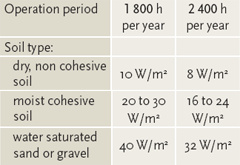Interesting statement regards the term 'carbon footprint' so felt I had to look into this further. Original source of the claim is this
article which is an interesting read / perspective.
The article also highlights that the best thing we can do to minimise the effect of the current climate catastrophe is to vote for leaders who will among other things accelerate electrification.
Electrification of energy use, be it heating, industry demand or transportation is the smart move as every-time more renewable energy is added to the grid it can immediately offset carbon emissions from burning fossil fuels.
Fitz.
I read through that, I actually heard it somewhere else on a YouTube video, perhaps that was there source.
Not sure I entirely agree about electrification being the answer, at least not if we don't get more efficient at it.
Every time we convert energy into electricity there is wastage, converting ac to dc there is wastage, batteries use vast amounts of resources to make etc.
Making solar and wind turbines similarly uses huge resources and the end of life products are not recyclable. Not to mention destructive to wildlife habitats.
I think using my 20 year old car and 50 year old petrol lawnmower is probably greener than buying a Tesla and a battery powered plastic robot mower.
I am all for trying to help the planet and try to reduce my waste, no more plastic shower gel, compost in the garden etc, etc.
However as a peasant there is no way I can afford new green electric cars and a new heat pump system anyway.
The carbon emissions offset is pretty interesting as well.
Farmers are being paid to grow specific crops ( some kind of enormous grass) that is really good at grabbing carbon from the air, companies can then buy credits in the sequestered carbon.
After its harvested it can be burned in power stations and is considered carbon neutral.
Ollie









